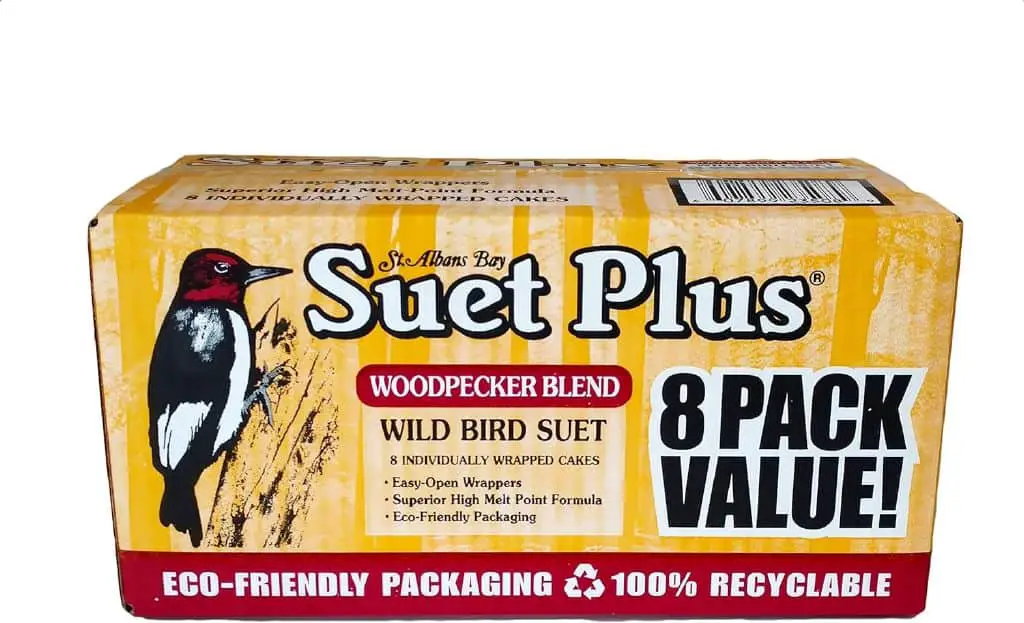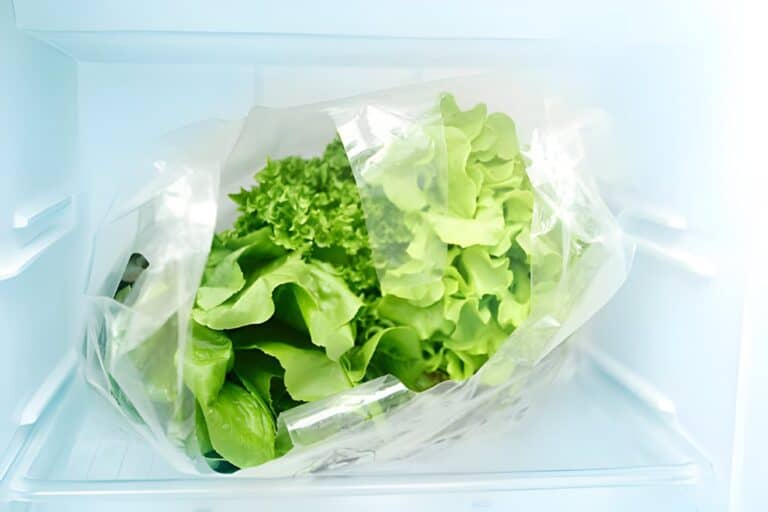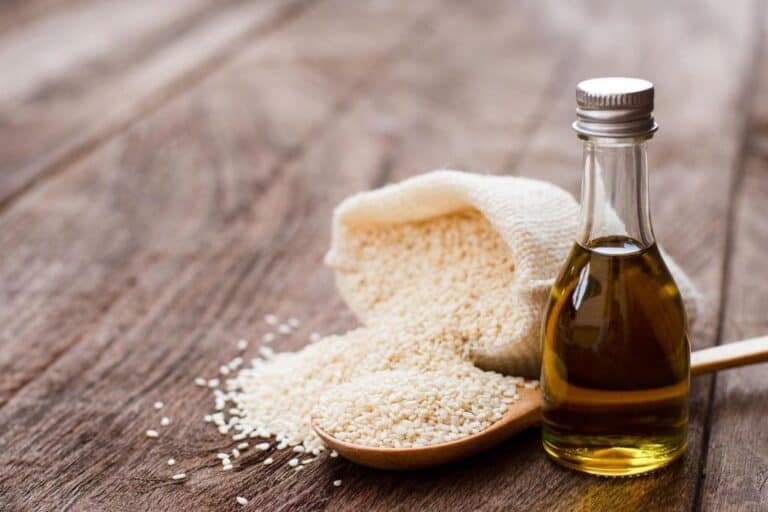How Long Does Packaged Bird Suet Last? Shelf Life Before Tossing

Imagine stepping into your backyard on a crisp morning. You have a coffee in hand. You see a vibrant array of feathered visitors flitting about your bird feeder. You watch them chirping happily and pecking at the suet block you set out for them. A thought crosses your mind: how long will this treat last before it goes bad?
People like to use packaged bird suet to attract wild birds to their garden. But, to keep the birds healthy and happy, it’s crucial to understand its shelf life. In this article, we explore the world of packaged bird suet. We uncover the secrets behind its long life. This will help you ensure that your avian friends always have a fresh and nutritious snack.
Understanding Packaged Bird Suet
Packaged bird suet is usually made from rendered animal fat, such as beef fat. It is mixed with ingredients like seeds, nuts, fruits, and insects. This mixture is formed into cakes or blocks that can be easily placed in suet feeders or hung from trees. Birds like suet. It gives them high-energy food. This helps them survive tough weather.
How Long Does Packaged Bird Suet Last?
Packaged bird suet’s shelf life can vary. It depends on factors like the ingredients, the packaging, and storage. In general, most packaged bird suet has a shelf life of around 6 to 12 months when stored properly.
However, it’s essential to check the packaging for an expiration or “best by” date, as this can vary between brands.
What Are the Types of Suets?

Suets come in different shapes, sizes and blends. Cakes, balls, and plugs are the most common while crumbles, shreds, and shavings are also preferred. Suet shapes such as wreaths, hearts, and bells are considered unique.
The composition, manufacturing, and purity of the suet affect its density, firmness, and texture. External factors like the climate, weather and the environment also have a part to play in the quality of suets.
If the suet market does not cater to your needs, you can make customized suets with the blends favored by both the birds and the environment.
What Are Suet Feeders?
The use of various suet feeder types can amuse the birds by catering to their feeding preferences. Some of the best and most common types of suet feeders are discussed below.
Suet cages
These sturdy suet feeders are well-known and made up of coated wire that gives them strength. These easy-to-clean suet feeders do well on their own but you can attach them to hopper feeders to hold the seeds.
Woodpeckers and other clinging birds prefer suet cages as tail props. The suet cages come with covers that provide protection.
Suet logs
Suet logs are made from simple logs with holes in them. The suet logs are perfect for feeding suet plugs that are dumped in the log holes, to which the bird can attach easily.
If you can measure the diameter of the set plugs, you can make suet logs at home using a spade drill. Log feeders have natural wood or bark that keeps the set dry and also facilitates the birds in clinging to it.
Mesh bags
Mesh bags as suet feeders are a great way to recycle those onion bags. You can fill the bag with Balls, chunks, or cakes of suet without needing any specific feeder.
Mesh bags as suet feeders are best suited for small clinging birds such as nuthatches and chickadees. It is not suitable for larger woodpeckers or suet-loving birds.
Open trays
Fill a tray or a similar dish with small suet chunks, suet cake, pellets, or crumbles for the tray feeders. If you divide the suet into smaller pieces, it attracts the smaller birds as well. Open tray suet feeders are a great way to introduce suet to birds.
Signs That Packaged Bird Suet Has Gone Bad
Before feeding packaged bird suet to your feathered visitors, it’s essential to check for signs that it may have gone bad. Some common signs include:
- Mold: If you see any signs of mold on the suet, such as fuzzy spots or discoloration, it’s best to discard it.
- Odor: Spoiled suet may have a rancid or off odor. If the suet smells unpleasant, it’s best not to feed it to the birds.
- Texture: Fresh bird suet should have a firm texture. If the suet feels soft or mushy, it may have spoiled.
What Are the Most Common Problems With Feeding Suets?
Suets are a great way to fulfill the nutritional requirements of birds but they need to be fed properly. Here are some common problems you can encounter while feeding suets to birds.
Melting
Suet is rendered fat that tends to melt when exposed to high temperatures. Therefore, you must always offer the suet to birds in a shady area or only during the cooler months.
If you want to feed the suets year-round, get the no-melt suet blends. They can tolerate high heat. Proper placing and offering of the regular suet can prevent it from melting.
Bully birds
Other birds, such as European starlings and red-winged blackbirds, enjoy suet besides the backyard birds. These bully birds can finish the suet before the backyard birds get a chance at it.
To keep the bullies away, use upside-down suet feeders. Or, use the ones with exterior cages. These only allow the smaller birds to enter and access the suet.
Rodents and Other Pests
Suet is a favorite food of bird feeder pests such as mice, rats, raccoons, squirrels, etc. Even the bears like suet. To deter the pests, only offer as much food at once that the birds can finish in 1-2 days.
The goal is to minimize the leftovers to which the pests are attracted. Moreover, you can remove the suet feeders from the backyard at night and install them again in the morning. This will prevent the pests from feeding at night.
Spoiling
Suet is fat and it can go rancid or bad when exposed to high heat or direct sunlight. One way to prevent it is to always offer the suet in a cool area. Keep the rest of the suet, tightly packed, in the fridge or a freezer. Lastly, refrain from overfeeding your birds as the leftovers can trigger spoilage.






